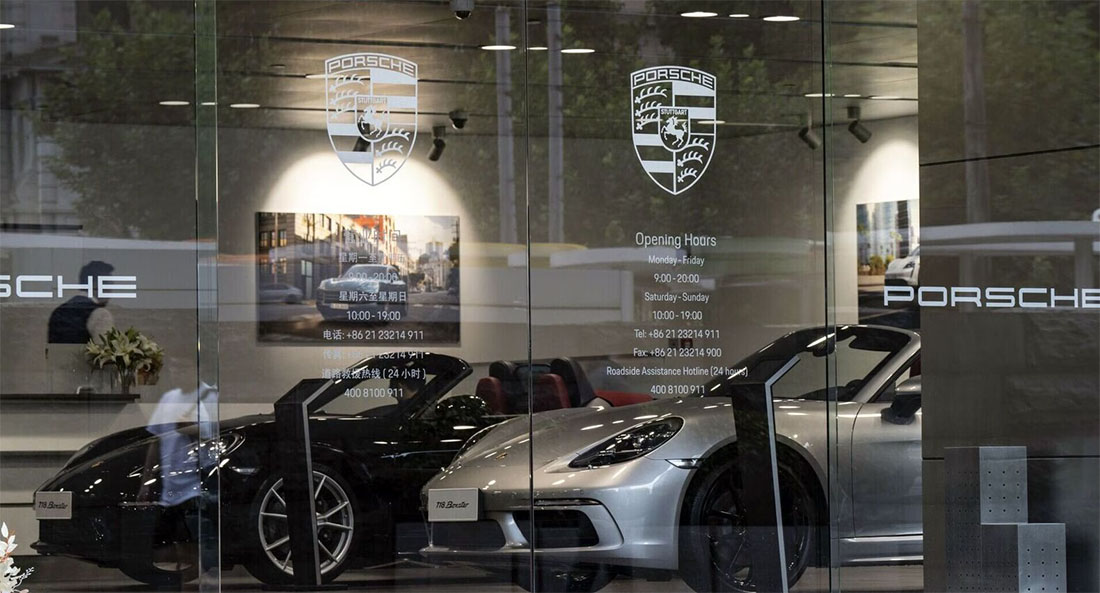
Photo Credit: Getty Images
Porsche's reputation as a premium automotive leader was tested this week, as the German carmaker reported a 4.9% drop in share price following its second profit warning in two months. The company's grim outlook—rooted in weakening global demand, rising costs, and fierce competition—signals deeper structural challenges for the luxury brand.
Group sales revenue for 2024 came in at €40.1 billion, reflecting a 1% decline from the previous year. Despite efforts to cushion losses through competitive pricing and increased customization, operating profit shrank to €5.6 billion—down from €7.3 billion in 2023. Operating return on sales dropped to 14.1%, from 18%, indicating tightening margins in an increasingly crowded market.
Porsche is also embarking on a massive internal restructuring. A total of 4,000 jobs are expected to be eliminated, with 2,000 tied to expiring fixed-term contracts and another 1,900 to be phased out by 2029. Severance offers and early retirement incentives are on the table. This strategic move, according to the company, aims to "increase efficiency in the medium and long term."
February's announcement of an €800 million investment in new hybrid and combustion engine models now seems increasingly risky. "The whole industry was already in a difficult place," said Russ Mould, investment director at AJ Bell. "Add in tariffs, model delays, and weak EV demand, and it's clear Porsche faces an uphill climb."
The company's Q1 sales figures highlight the geographical imbalance. Deliveries in North America surged 37%, driven by increased demand and fewer logistical bottlenecks. However, this uptick couldn't offset sharp drops in other major markets—Germany saw a 34% decline, while China plummeted 42%. Globally, deliveries dropped 8% to 71,470 vehicles.
This dramatic slump in China is particularly concerning. High living costs and low consumer sentiment have slashed demand for luxury vehicles. Meanwhile, Chinese EV makers such as BYD and SAIC continue to expand their European footprint with tech-savvy, budget-friendly models.
Tariff threats are compounding the situation. U.S. President Donald Trump's proposal for a 25% tariff on car imports could hit Porsche's newfound strength in North America. With the U.S. now its largest market, the potential fallout looms large.
As Porsche revises its midterm margin forecast down to 15–17%—from an earlier 19%—questions remain about its long-term vision. The path ahead will demand more than efficiency; it will require reinvention.
![]()
















